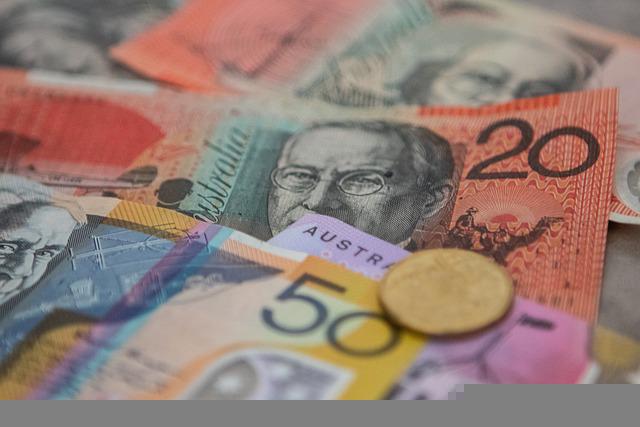In this article, we have covered the highlights of global market news about the XAU/USD, EUR/GBP, AUD/USD and GBP/JPY.
XAU/USD on the defensive amid increasing rates, a strong USD, and tighter monetary – HSBC
A resolute Fed tightening program and a strong USD remain challenges for gold. According to analysts at HSBC, the market’s move toward a 50 bps rate rise rather than a 75 bps increase may serve to limit the near-term downside for the yellow metal.
“GOLD is negatively impacted by the Fed’s continued commitment to increase rates to combat growing prices, mainly while the USD seems stable. Even while it is unclear that the road to this additional USD strengthening over the following months would be a straight line higher, the prognosis for Fed policy and the global economy is likely to be USD helpful over the near to medium term.
EUR/GBP may rise to about 0.8485, according to ING.
The UK’s Gross Domestic Product (GDP) dropped less than anticipated in the second quarter (Q2). According to ING experts, the EUR/GBP is now trading at the 0.8450 level and may rise slightly to the 0.8485 regions.
The UK’s 2Q22 GDP figures came in somewhat stronger than anticipated. The statistics may probably maintain hopes that the Bank of England (BoE) would increase interest rates by 50 basis points on September 15.
The BoE will likely remain hawkish throughout the year due to the constantly growing expectations for how much higher the UK energy price ceiling will be raised (and what that would imply for the peak of UK inflation).
“EUR/GBP is slightly stronger than anticipated and may get closer to 0.8485. But considering the difficulties encountered on the continent, we would not aim for greater EUR/GBP.
AUD/USD approaches the monthly bullish channel’s upper edge at 0.7150
As we approach Friday’s European session, the AUD/USD pair continues to climb toward its intraday high above 0.7125. In doing so, the Aussie pair rises for the third day in a row while remaining within a bullish trend channel that has been in place for one month.

It’s important to note that the quotation is close to the top of the indicated channel and that the RSI is almost overbought. This shows that the bulls are losing steam just as they prepare for the highest weekly gains since November 2020. This emphasizes the bears’ critical resistance level of 0.7150.
However, to test the AUD/USD downward, the 50% Fibonacci retracement level of the June-July decline, at 0.6980, comes before the support line of the channel mentioned above, close to 0.6930.
The 200-SMA level around 0.6895 also functions as significant support.
Alternatively, to move the bulls toward June’s top of 0.7282, the AUD/USD pair‘s booming run-up over the 0.7150 barriers must pass through the 78.6% Fibonacci retracement level of 0.7155.
The bull is watching the AUD/USD pair, although a pullback might happen.
GBP/JPY remains above mid-162.00s, approaches daily high
The solid overnight recovery from the 161.25 regions, or the weekly low, serves as a foundation for the GBP/JPY cross, which acquires some momentum on Friday. Following the publication of better-than-expected UK economic data, spot prices remain stable above the mid-162.00s but lack bullish confidence.
The Preliminary UK GDP data, which revealed that the economy declined by 0.1% during the second quarter of 2022 as opposed to the 0.2% decrease predicted, provides some support for the British pound. The UK’s annualized GDP growth was 2.9% compared to the expected 2.8%. Additionally, the UK Manufacturing and Industrial Production numbers were above estimates, which benefited the GBP/JPY cross.
However, the services index missed expectations for a 0.9% increase in June, falling by -0.4% 3M/3M. Furthermore, the harmful monthly data hampered the GBP/JPY cross, which supports the Bank of England’s pessimistic economic forecast. Recall that last week, the UK central bank portrayed an especially dire picture and predicted that a protracted recession would begin in the fourth quarter.
However, the offered tone around the Japanese yen keeps the downside cushioned. The Bank of Japan and other major central banks’ differing monetary policy stances, together with indications of financial market stability, end up being the main elements eroding the safe-haven JPY.
Please click here for the Market News Updates from 9 Aug, 2022.


